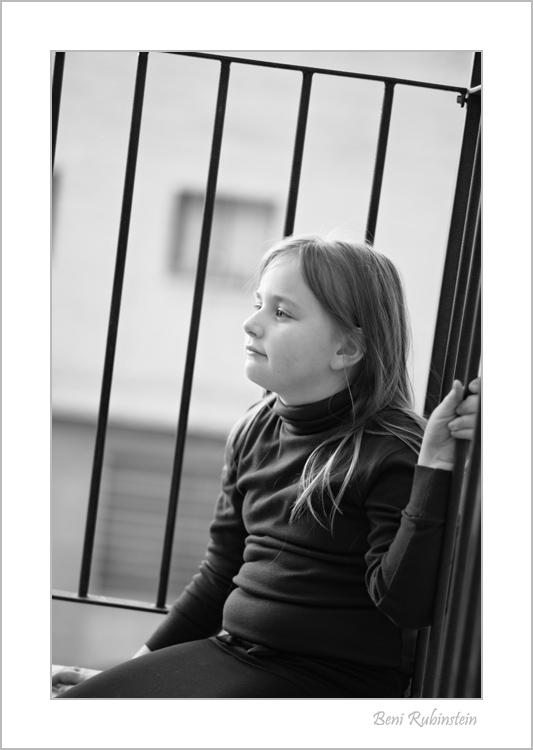Dave,
I live on a 4 acre parcel with trees everywhere and this gives me lots of targets for checking this stuff out. In this case I focus on a large tree that is 75 feet away (measured by my Disto). Camera is on a tripod and level. If I focus at f2.0 and shoot at f5.6 the target is out of focus..... the focus point is behind the tree and can easily be verified by surrounding trees. If I focus at f3.5 and shoot at f5.6 I'm on the money. That's because I've focused a little ways into the shift..... enough to keep the DOF sufficient to be in focus at f5.6. I also think that the distance to the focus target has some effect with closer targets being more forgiving although I have not done a lot of testing for this. I could post images if you would like..... however there's no way to verify anything because there is no exif data.
Victor
Victor, perhaps your lens is in need of calibration?
Some years ago I had a technically minded friend bench test each of my M lenses with the intent of getting them as close to how I tend to shoot (average distance/and most common F/stop) and of 7 lenses, 5 needed to be calibrated by Leica. After that, even my M35/1.4 ASPH pre FLE is quite accurate and suffers less from focus shift than prior to re-calibration).
As evidence of calibration needs, many DSLRs now have in-camera calibration for individual lenses which then can be saved (including non-native lenses without data bus contacts) … and of the Canon, Nikon and Sony gear I've used, the amount of lenses in need of calibration was surprising. My first Sony ZA-24/2 was so off, I sent it back and the replacement only needed a -2 adjustment.
There is a micro adjust feature in the A7/A7R menu, but the menu says AF Micro-Adjust which sounds like a global calibration rather than individual lenses like the A99 can do … which is unfortunate since it'd be nice if you could do it with any manual focus lens.
Anyway, your 50mm experiences, and other people questioning those experiences compared to their's, seem to indicate a need for calibration perhaps?.
- Marc

